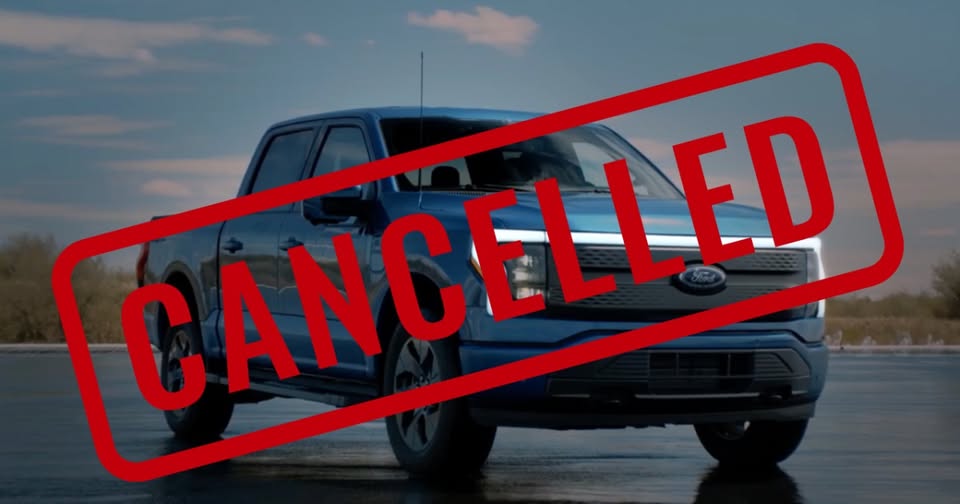The safety of UTVs has been a point of discussion in households and boardrooms around the world since they were first introduced. There are inherent dangers associated with all ATVs and many of these are still present in a UTV like the Polaris RZR. Side-by-sides also present their own unique safety hazards, made worse by the fact that riders are often more comfortable behind the wheel and under the roll cage.
With the recent news coverage of rollovers, fires and stop-ride recalls from Polaris, UTV safety is once again under scrutiny. Many riders and enthusiasts defend the RZR and other UTVs citing the importance of driver skill and personal safety equipment. While these are quite valid arguments, there are are serious risks present while riding that can be at least partially mitigated with the addition of certain safety features. The first step in enjoying a safer ride is to understand the risks and their severities involved, so in this article, we'll step through a few of those and their associated safety features.
The author of this article has a professional history in Systems Safety Engineering with the Department of Defense and has used working knowledge of safety analysis per MIL-STD-882 and human factors engineering per MIL-STD-1472 to access the overall safety of the Polaris RZR XP Turbo. Much of this analysis can also be applied to most side-by-sides.








DIY: Lock and Ride Tie-Downs
Ride: 2016 Memorial Total Off-Road Rally - Dresser, WI